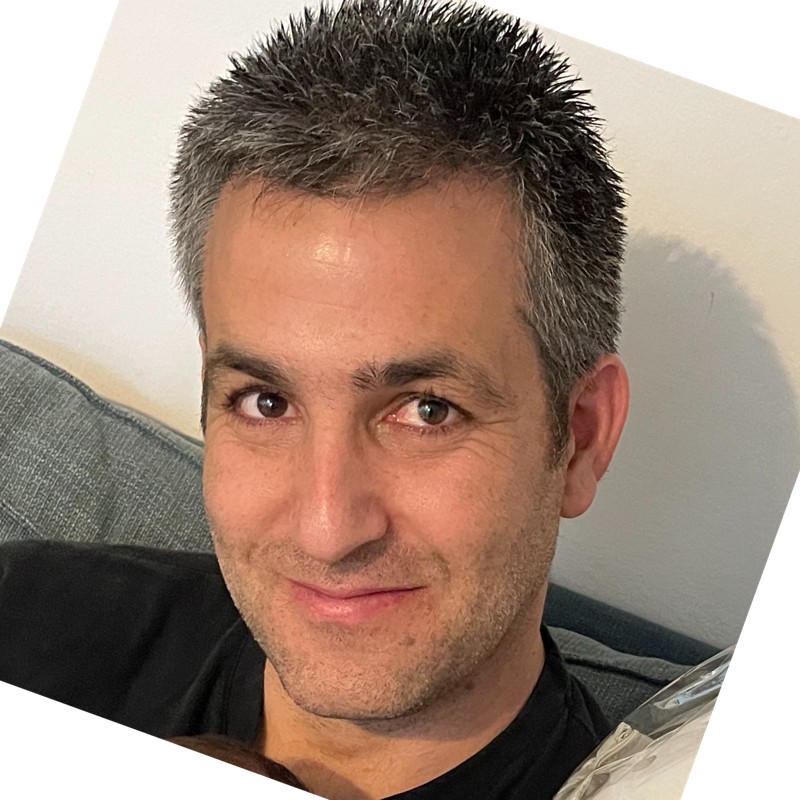Entrepreneur Case Studies
Solo Entrepreneur Bootstraps First, Raises Money Later in Utah: GuideCX CEO Peter Ord (Part 4)
Sramana Mitra: What was the skillset of that employee that you brought in?
Peter Ord: He was a fellow sales leader. I was supporting the product.
Sramana Mitra: The agency that you were working with was maintaining the product.
Peter Ord: Right. We were selling and getting more customers. Todd, who was that first employee, came to me and said, “I don’t have the time to support this. I can’t handle these calls. We need to find an operations person.” That’s when I hired my third employee in December of 2018. He’s won CEO of the Year from Silicon Slopes in Utah.
>>>Solo Entrepreneur Bootstraps First, Raises Money Later in Utah: GuideCX CEO Peter Ord (Part 3)
Sramana Mitra: Who was going to build the product? You are not a technical person, right?
Peter Ord: I sent my resignation to my boss when I was on vacation. Part of the reason was, I had gotten a number of calls from car dealers who were upset with the implementation during my vacation. It was the straw that broke the camel’s back. My wife was still frustrated that I went downstairs, got white paper from the business office, and I just stayed upstairs in the hotel room the whole day just mocking out what the system should look like.
>>>Solo Entrepreneur Bootstraps First, Raises Money Later in Utah: GuideCX CEO Peter Ord (Part 2)
Sramana Mitra: You said you joined the company where they were going to do homebuilder, but then the company imploded. Did you talk about one or two companies?
Peter Ord: One company. The company I joined had a product that catered to automotive dealers. They also aspired to build a similar product for homebuilders.
Sramana Mitra: That automotive product did work. In that implementation, you learned that the implementation was cumbersome and complex. Is that what you’re saying?
>>>Solo Entrepreneur Bootstraps First, Raises Money Later in Utah: GuideCX CEO Peter Ord (Part 1)

We’re big fans of solo entrepreneurs. Peter validated his business with real paying customers before he raised money; always the best strategy.
Sramana Mitra: Let’s start at the very beginning of your journey. Where are you from? Where were you born, raised, and in what kind of background?
>>>Building a Medication Management Startup Through Multiple Pivots: Medisafe Co-Founder and CTO Rotem Shor (Part 4)
Sramana Mitra: Funding was happening in Israel?
Rotem Shor: Seed and Series A was in Israel. In Round B, non-Israeli venture funds joined.
Sramana Mitra: By Series B, you had the third client?
Rotem Shor: Yes, but we had more of a thesis. We still got traction from users.
Sramana Mitra: How much money are we talking? Seed was $1 million.
>>>Building a Medication Management Startup Through Multiple Pivots: Medisafe Co-Founder and CTO Rotem Shor (Part 3)
Sramana Mitra: How did the first one get the users?
Rotem Shor: They paid a very small amount of money. It was not only for a specific medication. They developed it as a tool. The second was very specific for their drug. We found out later that it is much harder than we thought.
Sramana Mitra: So what did you do?
>>>Building a Medication Management Startup Through Multiple Pivots: Medisafe Co-Founder and CTO Rotem Shor (Part 2)
Sramana Mitra: You went to a pharma company before you had a product?
Rotem Shor: We developed a concept. Then we developed the MVP. We launched it to users. We launched the product and saw that users were coming. We did a lot of guerilla marketing. We combined it all together. We gained traction. We got strong feedback from patients on what to do and how to improve. Today, we are rated 4.7 in the app stores with more than 450,000 reviews by patients.
>>>Building a Medication Management Startup Through Multiple Pivots: Medisafe Co-Founder and CTO Rotem Shor (Part 1)

Rotem represents yet another point of view of a software developer/technologist who successfully transitioned to an entrepreneur in an unfamiliar domain: pharmaceutical.
In that journey, he paired up with his brother who was more the business person in the duo. This is a common strategy for developers to become entrepreneurs, although, I generally
believe that developers can learn the business side as well.
The story also traces the pivots that were necessary to find product-market fit, as well as the failures that triggered each pivot.
>>>